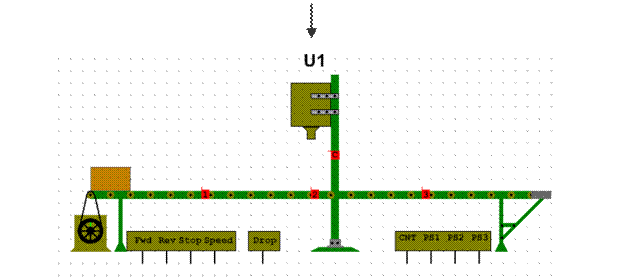HOW TO USE DICTIONARY TO LEARN VOCABULARY
A good bi-lingual dictionary is very important for efficient language learning. A dictionary doesn’t only tell you the meaning of a word, it also tells you the grammar, pronunciation and stress. It sometimes gives you an example sentence too.
Organize your vocabulary learning.
1. Find the meaning of new words. 2. Check grammar, spelling and pronunciation. 3. Extend your vocabulary.
How can I remember new words?
The way you record and learn a word helps you remember it. For example you can: 1. Imagine the word. 2. Write a personal example. 3. Make a word map. 4. Associate it with a similar word in your language. But you can’t learn new words just by writing them down once. You have to revise them down regularly. If you test yourself often on new vocabulary you can remember up to 80% of words. To remember words or phrases, follow this routine.
1. Record the new word with the correct stress. 2. Try to remember it after a minute. 3. Test your memory again after an hour. 4. Remember it again the next day. 5. Test yourself after a week, then after a month.
How many words do I need to know?
Although Shakespeare used 33,000 words, English speakers today use only about 5,000 words in conversation. By the end of this course you will know at least 2,000 English words.
Learn words that are important for you.
It is impossible to remember every new word you see. Choose words that you think are useful and important. Write them down and revise them regularly.
Why do I remember some words and forget others?
Some words are easy to remember, because, for example, the word is similar to a word in you language, or it’s a word that you often use. Other words are more difficult to remember, because the spelling or pronunciation is unusual, or because you don’t often see or hear the word. When you revise a group of words, focus especially on the ones that you find difficult to remember. Try to think why.
If you forget the same word again and again, try to think of a special way to remember it.
1. Think of image in your mind. 2. Try to associate it with another word in English or your own language. 3. Write down the word and say it a few times. 4. Write it on a card and keep it in your pocket to test yourself from time to time. Words often have more than one meaning. How do I know which one I want? e.g. Where do you work? – In a bank. The lift doesn’t work. – It’s broken. In these sentences, the verb ‘work’ has two different meanings. Many other English words have different meanings, and they can also be grammatically different. For example, the same word can be a verb or a noun, e.g. Book (read a book) noun/to book (to book a ticket) verb. Look carefully at the context to decide which meaning is correct.
When you look up a word in a dictionary, you sometimes find more the one meaning.
1. Decide if the word in your sentence is a noun, adjective, verb, adverb, etc. 2. If there is still more than one meaning, look at the context again and choose the best variant.
How can I continue learning vocabulary after the course?
You can learn more words all the time, from books, magazines, songs, etc. Remember to check the grammar and pronunciation of new words in your dictionary, as well as meaning, and record them in you vocabulary book. And don’t forget to revise all the words you have learnt in the course.
|




